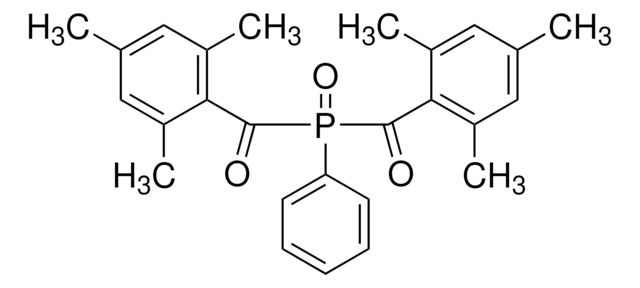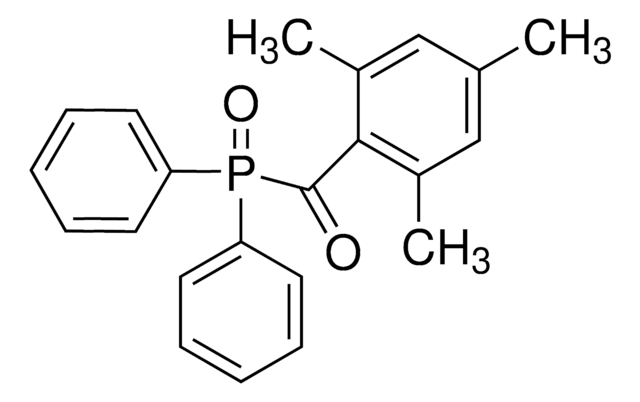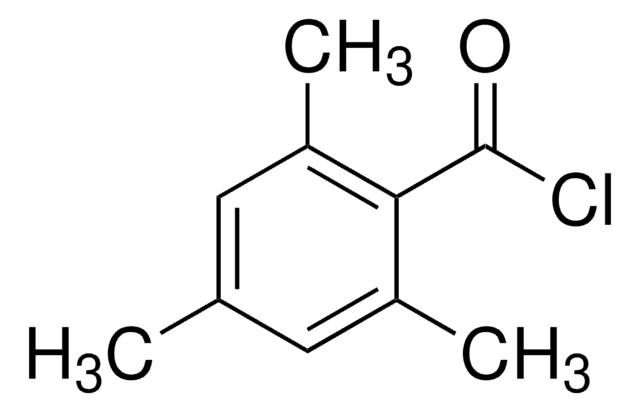900889
Lithium phenyl-2,4,6-trimethylbenzoylphosphinate
≥95%
Sinonimo/i:
LAP
About This Item
Prodotti consigliati
Livello qualitativo
Saggio
≥95%
Forma fisica
crystalline powder
Colore
white to off-white
Temperatura di conservazione
2-8°C
Stringa SMILE
CC1=C(C(P(C2=CC=CC=C2)(O[Li])=O)=O)C(C)=CC(C)=C1
Cerchi prodotti simili? Visita Guida al confronto tra prodotti
Applicazioni
Caratteristiche e vantaggi
- Superior water solubility
- Biocompatible
- Sensitiveto visible light
Codice della classe di stoccaggio
11 - Combustible Solids
Classe di pericolosità dell'acqua (WGK)
WGK 3
Punto d’infiammabilità (°F)
Not applicable
Punto d’infiammabilità (°C)
Not applicable
Scegli una delle versioni più recenti:
Possiedi già questo prodotto?
I documenti relativi ai prodotti acquistati recentemente sono disponibili nell’Archivio dei documenti.
I clienti hanno visto anche
Articoli
The introduction of LAP and water-dispersible photoinitiator nanoparticles of TPO, enables the development of novel formulations for 3D bioprinting, tissue engineering applications, and device manufacturing.
Contenuto correlato
Tissue engineering fabricates tissues cultures from scaffolds, living cells, and biologically active molecules by simulating the microenvironment of the body to repair or replace damaged tissue.
Il team dei nostri ricercatori vanta grande esperienza in tutte le aree della ricerca quali Life Science, scienza dei materiali, sintesi chimica, cromatografia, discipline analitiche, ecc..
Contatta l'Assistenza Tecnica.










